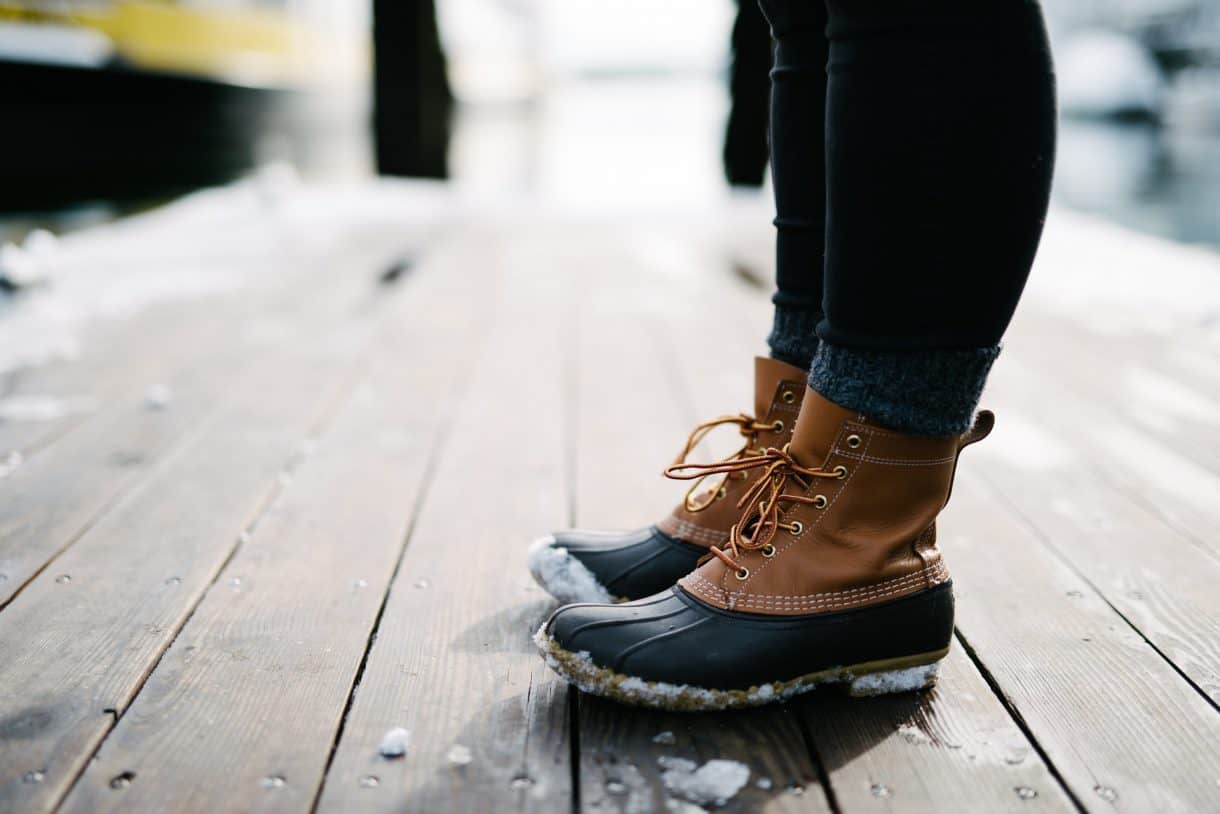Tag: trekking
Greenland is home to truly magnificent mountainscapes and glaciers.
Jakobshavn Glacier, the world’s fastest-moving glacier in the Northern Hemisphere can be found here.
In the Winter, tourist travel to this wonderland to potentially see the wondrous the Northern Lights. Things are quite different in the Summer.
Chasing the Midnight Sun
Summer in Greenland is an image not often associated with the country. Summertime offers eternal light in the land of ‘The Midnight Sun’ whereby the day has neither a beginning nor an end. Those wanting to experience this time-shifting experience must travel north or the Arctic Circle. The low-lying sun makes the surrounding scenery appear almost dreamlike; icebergs and hilltops are bathed in a surreal palette of pink, purple, yellow and red. Travellers to Greenland have options of hiking the land or sailing the fjords between icebergs.
If you plan to travel to Greenland this summer follow our top travel tips to ensure you stay healthy.
Vaccinations
Even though Greenland resides in the Arctic Circle, travellers should still ensure they receive appropriate pre-travel vaccinations. This includes being up-to-date with Measles, diphtheria-tetanus and polio. Greenland has a high risk of Rabies, a virus spread through the infected bite of a mammal. Travellers who plan to trek inland may wish to consider this vaccination before they travel to reduce the risk.
Suncare
Despite Greenland having long, dark winters, the summer months provide almost constant light. Bright sun, combined with the effects of lights reflection from snow and water can increase the risk of sun damage from UV light. Despite temperatures remaining cold, travellers still need to be sun smart. Ensure you wear a high factor SPF, and use lip balm to prevent cracking. Polarised sunglasses that wrap around will prevent the UV rays causing damage to your eyes.
Sea Sickness
Many activities in Greenland involve taking to the water and visiting the infamous Disko Bay in search of Icebergs. Sometimes the seas can be rough which can make for a miserable time if you are prone to travel sickness.
Sea Sickness can be reduced by:
-
Sit in the centre of the boat where the motion will be less aggressive
-
Close your eyes or focus on a point on the horizon, this can help your inner ear balance.
-
Avoid alcohol and large heavy meals, instead, keep hydrated on water and eat smaller lighter meals
-
Sucking on a mint or ginger sweet can help with nausea
-
Seas Sickness medication tablets
-
Patches that can be used to prevent sea-sickness
Trekking
Parts of Greenland can be remote so taking a good First aid kit with you is essential. Basic provisions include pain relief, plasters and medication to treat an upset stomach, such as loperamide and oral rehydration salts. If you take prescription medication to ensure you pack enough and carry the prescription with you. If you plan on trekking the hinterland, pack additional items such as blister dressings and plasters.
Book your travel appointment today
By Anna Chapman | Travel Nurse | July 2019
June to September is the best months to trek to Machu Picchu, although you can visit all year round. The weather is at its driest and coolest with gloriously sunny days. Trekking to the roof of the Andes is a rewarding experience that many travellers to Peru sign up for. Travellers who are trail-blazing their way on the Inca road to catch a glimpse of the forgotten city should follow our top travel tips to ensure they stay healthy on the road.
Vaccinations
All travellers to Peru should ensure that they are up-to-date with measles, diphtheria, tetanus and polio (DTP), and have received vaccinations against Hepatitis A and Typhoid. There is a risk of Rabies and Hepatitis B in Peru, and all travellers attempting the Inca Trail should consider vaccinations against these.
There is no risk of Yellow Fever on the Inca Trail or Cusco. However, the vaccination may be recommended to travellers who are doing further travel in Peru, such as the Amazon rainforest. Those planning to extend their trip to South America may require the Yellow Fever vaccination for personal protection. Additionally, you may require a valid yellow fever certificate to enter some other countries. It is best to book in a travel consultation with our specialist travel nurses to discuss your route.
Altitude Sickness
The highest altitude of the Inca trail is 4,215m, a whopping 1,800m higher than Machu Picchu itself! Most people start the hike from Cusco which lies at 3,400m, meaning trekking this wonder of the world poses a real risk of altitude sickness. Altitude sickness is unpleasant and can develop into something serious and become life-threatening. It is best avoided by taking time to acclimatise. Ideally, if you are arriving from sea level, spend a few days in Cusco before your trek begins to adjust to the different altitude. Choose a longer trek, a slower ascent over more days will reduce your risk considerably. Alternatively, you can get a prescription of acetazolamide (Diamox) to aid the process. Speak to a specialist travel nurse about this at your pre-travel consultation. Don’t let altitude sickness ruin your trip.
Stay Hydrated
Treks on the Inca trail usually last around 5 days, meaning that an average trekker will probably consume at least 15 litres of water over the course of their trek. Unclean and unsafe drinking water can lead to sickness and diarrhoea so it is important that travellers have access to safe water. Carrying 15 litres of water on the trail is a near impossibility so travellers should ensure that they have a way to make water safe to drink. Carrying water purification tablets, or a bottle with a filter can ensure you have access to safe drinking water throughout.
Travellers Diarrhoea
Travellers diarrhoea and other common gastrointestinal infections can put a dampener on any adventure but especially when hiking. Access to toilets is likely to be limited throughout your journey so it is important to stay healthy. Ensure all food you eat is thoroughly cooked. Pack an alcohol hand gel so you can keep your hand clean before you eat and after using the toilet. It is wise to carry medication with you, so, if you do become unwell you have doctor-approved medication available to take. We recommend packing one of our Worldwide Gastro Kits. Inside there is medicine to prevent and treat travellers diarrhoea, dehydration, mild infections, nausea and vomiting. Hopefully, you won’t have to use this kit, however, for peace of mind, it is better to be safe than sorry.
Foot Health
The Inca trail typically consists of between 6-9 hours of walking a day, with shared tent accommodation. Hiking the Inca Trail through the Sacred Valley to Machu Picchu is both arduous and awe-inspiring. Make sure you have good walking boots that are broken in before you start. Book an appointment with a podiatrist and osteopath if you have any niggles or pain before setting off. Take care of your feet throughout your adventure – keep them clean and dry to avoid problems. Any blisters should be cleaned and covered with a dressing to prevent pain and infection. Pack your own first aid kit with some basic medications for pain, allergies and upset stomachs in case you do become unwell. Access to medical supplies will not be until Aguas Calientes at the end of the trek. You can buy a Fleet Street Clinic Essential First Aid Kit online to save you the hassle of assembling yourself. We would recommend considering a medical pedicure upon your return. Treat our feet a little bit of TLC for taking you on an adventure of a lifetime.
We would encourage all those taking on the Inca trail adventure to consider booking a travel consultation with either myself or another of our specialist travel nurses. We all have extensive knowledge on what vaccines and health precautions you should take on an individual basis to remain healthy throughout your adventure. Chances are at least one of us has done a similar adventure so we can give you some first-hand experience on what to expect too!
Book your travel appointment today
By Anna Chapman | Travel Nurse | July 2019
Simple Steps to Summer-Ready Feet
It’s officially the start of summer! Good news for feet – it’s time to swap shoes for lighter footwear and sandals. But before you reveal your toes, give your feet some attention so look and feel their best.
Let’s start with your toenails
- Keep your nails short and well-shaped – use a good-quality file to smooth the edge after cutting them
- Use a little oil (almond oil works wonders!) on dry nails – rub into the surface and the cuticles to improve their texture
- Don’t cut cuticles though, this can lead to infection
- Did you know that nail polish can cause your nails to dry out? From time-to-time, leave off the colour and use oil to recondition them
- If you’ve had an injury or infection, then nail can sometimes thicken or become misshapen, making them difficult or painful to cut. These are best dealt with professionally and Podiatrists have the expertise help you.
Time to think about your skin
Healthy skin should be smooth and supple. Rough, thickened or callous skin, often occurs on areas of the feet which have to work particularly hard and this can be unsightly and uncomfortable. Additionally, your skin can become very dry which causes it to harden and crack, especially around the heels. In the summer, when open shoes or sandals are worn, dryness can become even worse.
Painful callouses can be pared away by a podiatrist who can advise you on how best to care for your skin. There are excellent creams and lotions available to improve your skin’s texture and comfort which, when used regularly, can make a lasting difference.
Some people suffer from skin that sweats excessively, a problem that tends to be made worse in warm weather or after activity and sports. This makes your skin more prone to chafing, blisters and fungal infections (athlete’s foot) and verrucas (plantar warts). Using a good antiperspirant can help with this (eg Dri-clor), as can dusting powders and a better choice of sports socks.
Having lots of small, itchy blisters on your skin, splits between your toes or flaky patches usually means a fungal infection, while verrucas are caused by a viral infection and both need specialist products to treat them. Podiatrists are experts in advising on and treating skin infections.
You can help protect yourself against infections by wearing flip-flops when walking in areas used by many people, by drying your feet thoroughly and by airing sports footwear well after use (fungi love soggy trainers!)
Finally, don’t forget your feet can get sunburned. If you are walking in sandals on a sunny day, remember to apply suncream regularly to the top of your feet.
Don’t forget the right footwear
As with all types of footwear, summer shoes and sandals need to be well-fitting and appropriate for the activities you are doing. Feet get bigger throughout the day, especially in hot weather, so sandals need to be adjustable to allow for this.
Pavement pounding
Flip-flops are beach shoes and are not suitable for day-long wearing on pavements. Your muscles have to work hard to keep these on your feet, so they will be tired and sore by the end of the day. Instead, choose sandals with a thicker, shaped sole, sometimes known as Fit-flops, which are held in place by a strap and give much greater support and cushioning to your foot. This is especially important if you are planning a day’s walking and sight-seeing.
Trekking footwear
Serious trekking requires a well-designed walking shoe – don’t skimp on cheap shoes or socks! You can find these in specialist retailers for outdoor activities.
Now get out there and enjoy the longer days…
Walking is an excellent activity to improve your fitness. It gives benefits to all your bodily systems, strengthens muscles and bones, improves mood and concentration and can help you to lose weight too. Aim to walk at least thirty minutes a day and keep up a brisk pace. If you are visiting the coast, walking barefoot on a sandy beach gives your foot muscles a good workout and helps to keep your feet strong and supple.
Fleet Street Podiatry Clinic
For further advice and information on treatment and how to look after your feet, see our podiatry page. Or you can book an appointment online.






